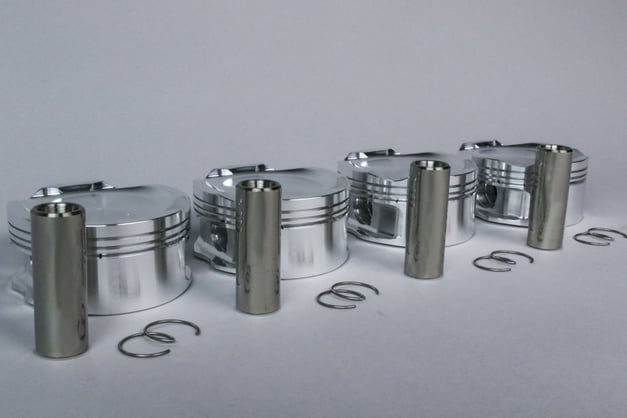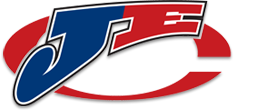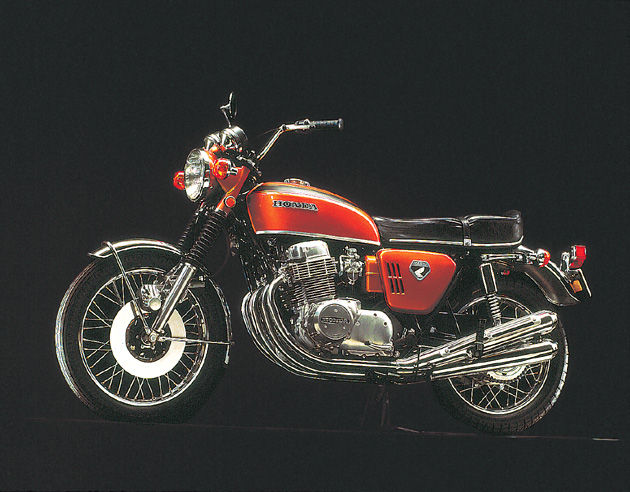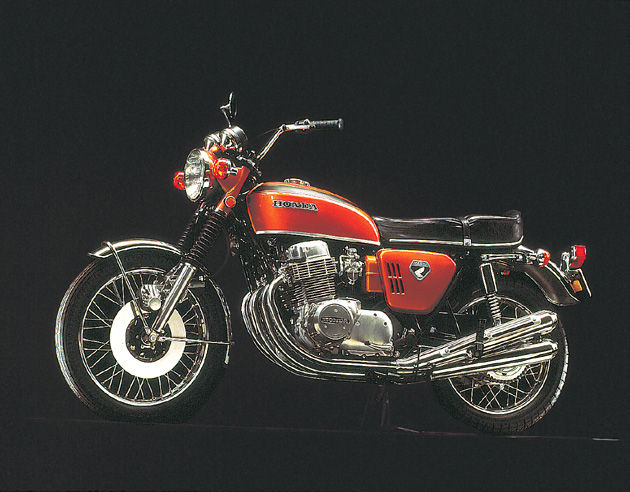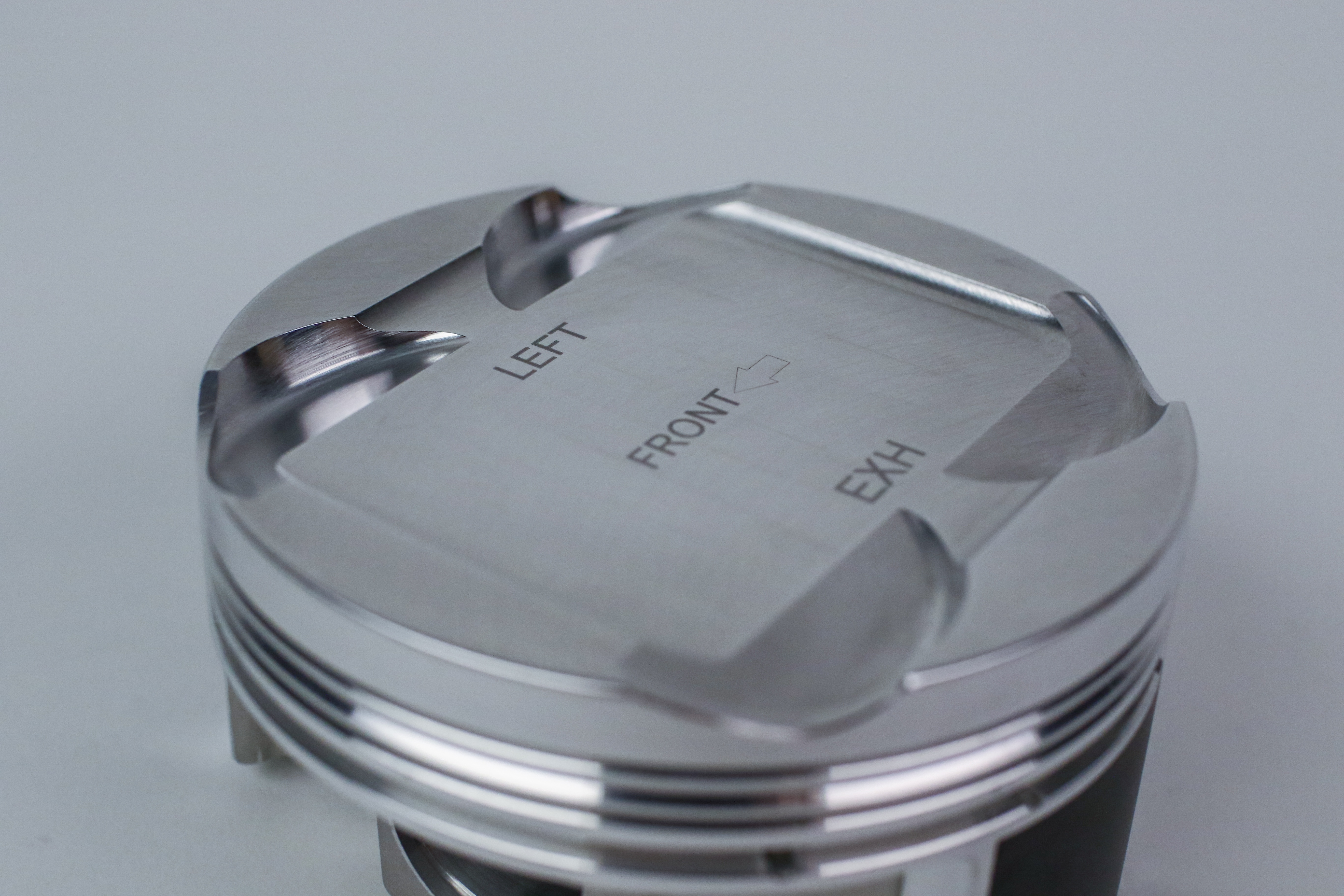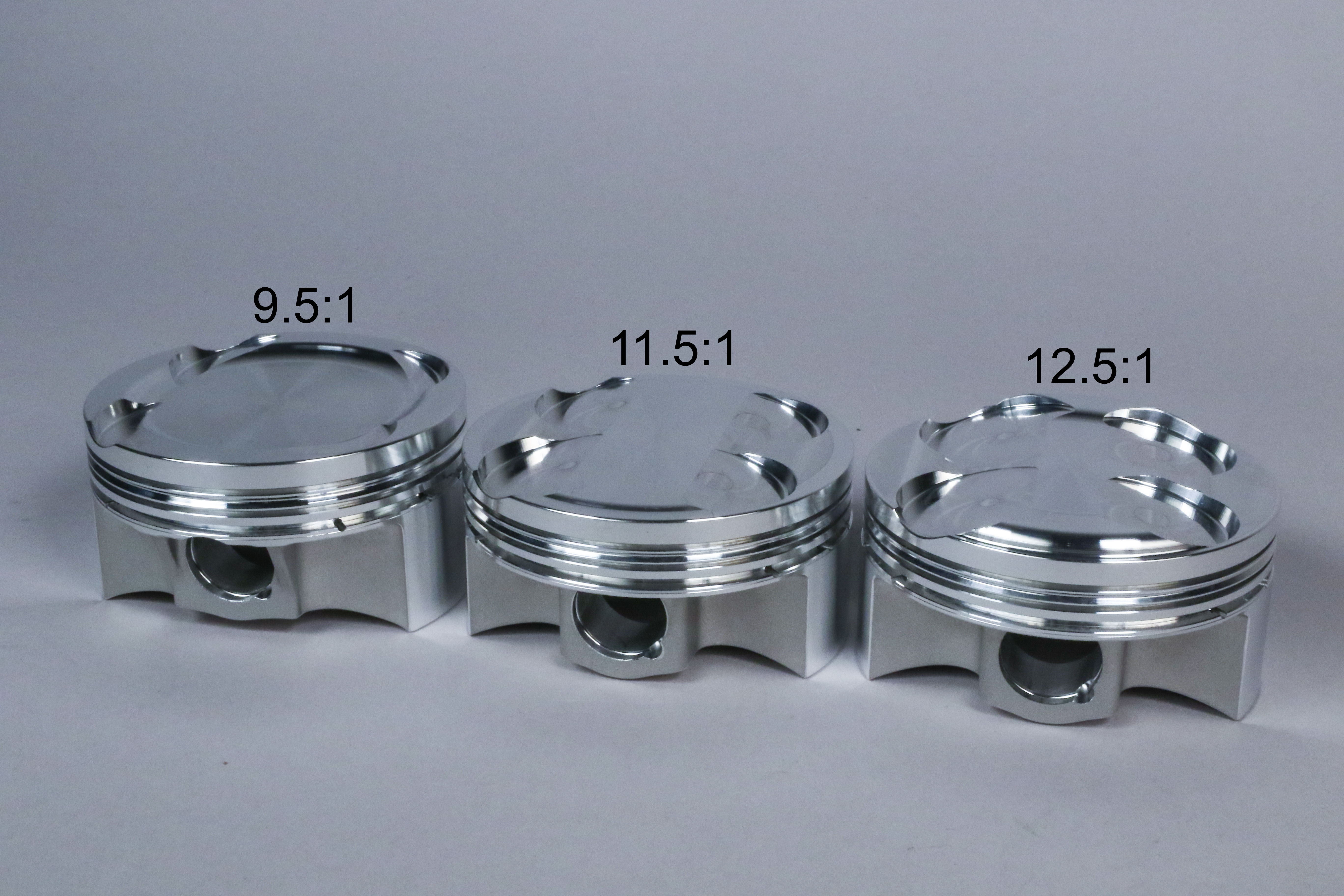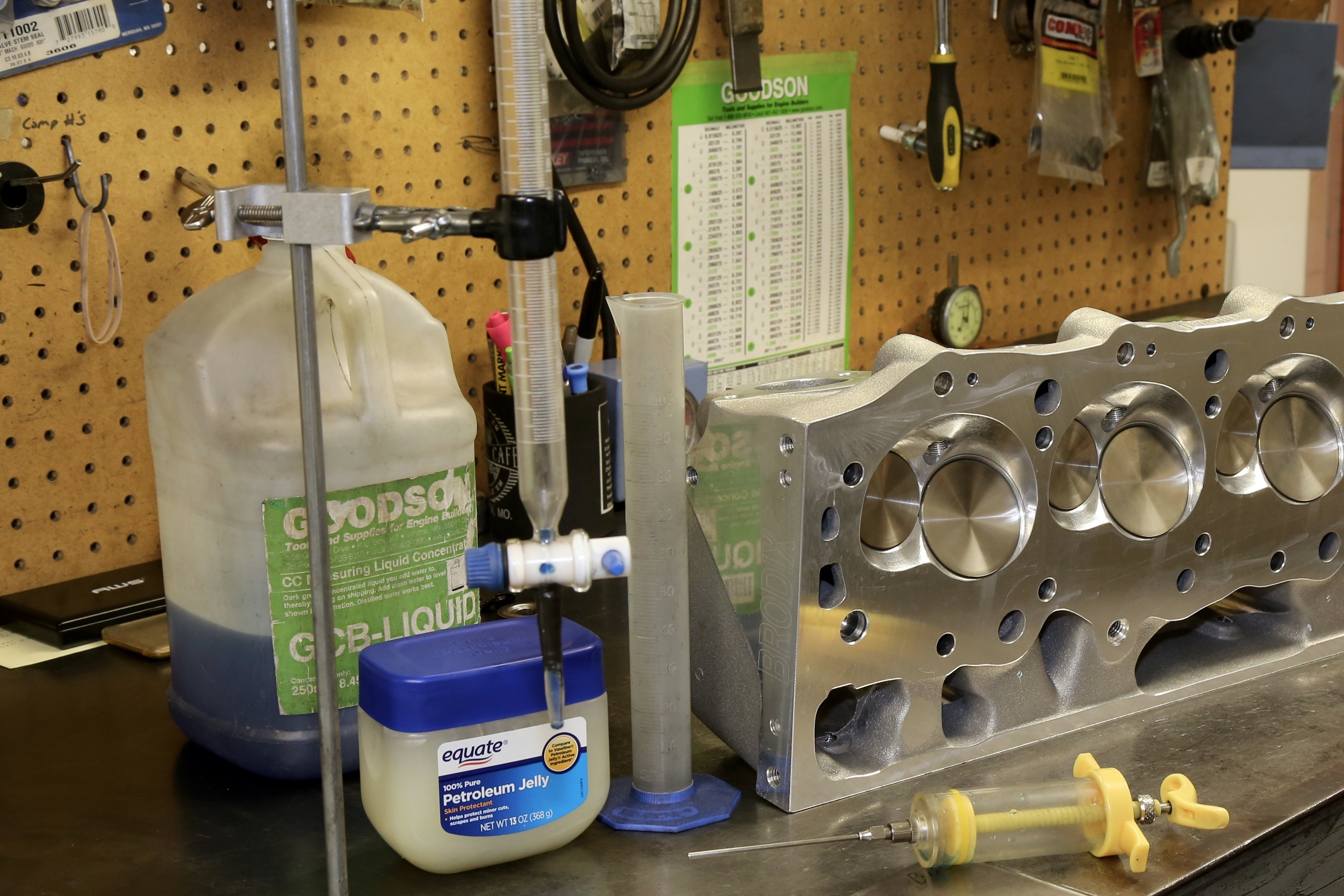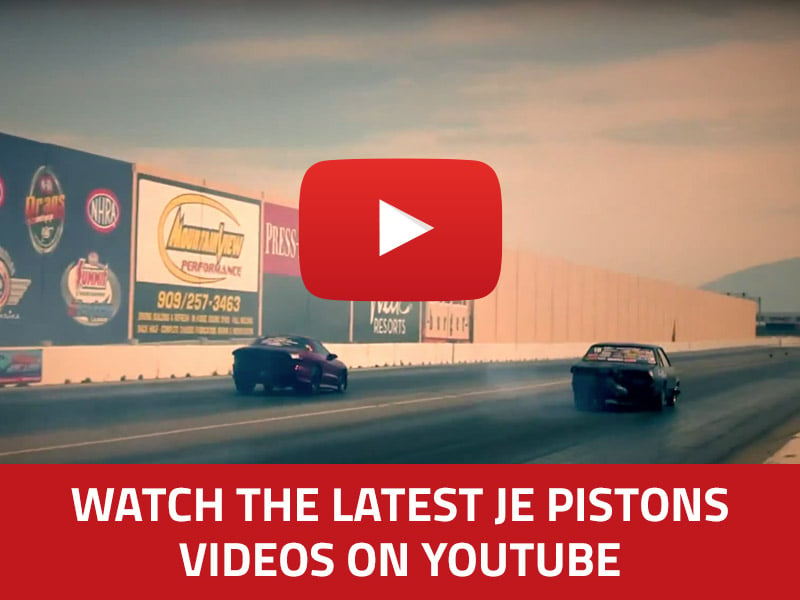Vintage street bike builds are becoming more and popular, while others are still building modern bikes for the most power possible. Either way, JE can help.
There’s a strong undercurrent in the vintage and street-performance motorcycle market that’s expanding the demand for performance pistons; however, many of the classic sport bikes gaining renewed attention don’t have the large numbers to justify significant inventories by the aftermarket manufacturers.
“A lot of people are finding these ‘70s and ‘80s Japanese and European street motorcycles. They want to resurrect them and make hot rods, customs or café bikes. Or just get them on the road again and relive the nostalgia of that motorcycle era,” says Dave Sulecki of JE Pistons. “There is also strong interest in the performance street market and drag racing, which is something that we have well covered with our modern model application range. We cover all late model performance street bikes, whether you are building a ‘bike night’ ride or competing on the weekend at the dragstrip.”
While there will be a bounty of aftermarket replacement parts for a highly popular sport bike such as the Honda CB750, finding pistons for smaller-displacement bikes from that same era could be more difficult. The Suzuki GS550 and GS650, along with the Kawasaki KZ650 and GPZ750—have much lower production numbers, yet continue drawing interest throughout the vintage community.
“Those are fairly less popular and kind of flew under the radar, as far as engine mods,” says Sulecki. “But now people are rediscovering those bikes and they want to do interesting things to the engine again.
“For late model Kawasaki ZX10/14 and Suzuki Hayabusa series bikes, the engine mod’s can be quite demanding and are not always a simple compression increase. For these models, it is very popular to add displacement with big bores, but we also see stroked crankshafts, and even heavy power adders like turbo charging or nitrous oxide,” continues Sulecki.
“Some of these engines exceed 700 horsepower, and the demands on the piston are quite extreme. Our shelf stock piston offerings and, also custom piston capabilities, provide the options every builder might need to build a reliable platform.” - Dave Sulecki
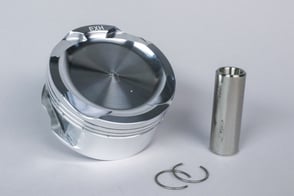
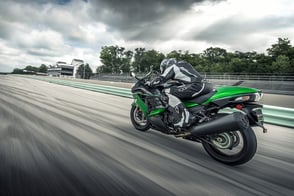
JE Pistons options for the ZX14 here.
From a business viewpoint, creating off-the-shelf inventory for all the vintage applications could be a risky proposal. However, JE Pistons has the capacity to supply forged pistons in a short turnaround time. Best known for working with some of the leading auto racing teams in the country, JE has developed a system for manufacturing custom-ordered pistons in a timely manner—therefore reducing the need to keep inventory of low-volume products.
“A lot of times, those customers are willing to wait, because they want to rebuild that old bike and go back in time to relive those memories from when they had a bike from that era,” says Sulecki. “JE can do those small batches really quickly, really well, and get them what they need.”
JE has a vast selection of forgings pressed from 2618 low-silicon aerospace aluminum alloy ready for machining to the specific needs of a sport-bike customer.
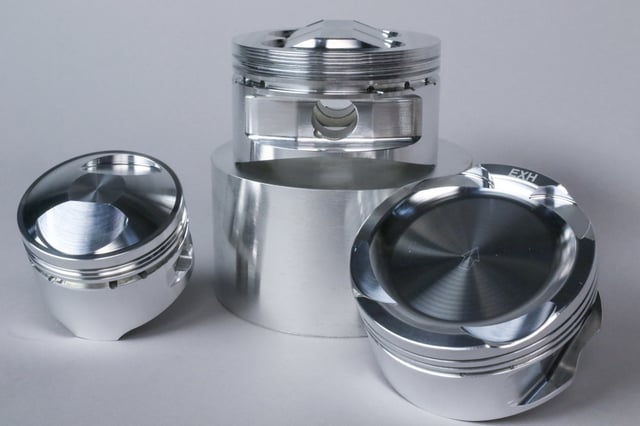
“The beautiful thing about the custom piston is, if the customer wants to do something a little bit different, he can always ask for and get what he really, truly wants,” says Sulecki. “That’s key in the nostalgia and vintage markets—getting exactly what you want, in lieu of buying something off the shelf that may not be exactly what you need, but it's available. If you wait a little longer, you get specifically what you're looking for.”
Custom options include bigger bore sizes, specific compression ratios, performance ring packages and a selection of thermal and friction-reducing coatings.
“Those engines weren't exactly strong running. A lot of times, the engine builder will want to add some compression to the engine for performance,” says Sulecki. “All of that's available when you order it on a custom basis versus buying something off the shelf that's made one way and one way only.
“If it's a very high compression piston design, we're going to adjust specific elements of the piston construction, as needed,” continues Sulecki. “The crown of the piston will be machined to accommodate the compression ratio, and then the design of the piston behind that is beefed up, based on the added combustion pressures, and temperatures that they're going to be dealing with. When we design the part, we build that into it. Make it stronger, make it better, make it faster.”


And it’s not just 4-cylinder engines that draw the attention. The Honda CB350, CB450 and CB550 are also popular, along with the Yamaha XS650 and many models from Kawasaki and Suzuki in that era.
“Some of the English motorcycles that I'm thinking of, like Triumphs and BSAs. Those are available on a custom build basis, too,” says Sulecki. “Really, any of the popular well-known models from those eras are really where we do our best work on the custom side.
“I would say, based on the majority of what we sell for street pistons is that the customer wants larger displacement, or they want additional compression, or both. They're increasing the performance of the engine substantially when they go to our pistons,” says Sulecki.
There will be select applications, where off-the-shelf inventory will be available.
“The KZ1000, the CB750 and all the other variations are the ones that people are really nostalgically attached to and want to resurrect, or remake in their own image,” continues Sulecki.
JE tech reps can help with power improvements, such as determining whether a customer can swap to a larger piston just by boring and honing the cylinder, or if other steps are necessary to increase the displacement.
“If it's larger than the stock cylinder liner will allow, the old cylinder liner has to be removed and a bigger one put in,” says Sulecki. “That's a pretty popular thing to do back in the '70s and '80s: take a KZ900 and turn it into a 1000cc or larger. That requires some additional work on the builder's part. Boring and re-plating are usually situations where the stock engine is a Nikasil plated bore and you're going just slightly bigger, say one or two millimeters. We'll recommend that you bore out the cylinder and have it re-plated to the larger size.”
Regardless of the application, tech reps will work closely with the engine builder and suggest the best course of action and can supply model data to help fill out a custom-order form.
“On some occasions, we might ask for a sample to work from,” adds Sulecki. “This helps assure that we are giving the customer the part they truly need.”
